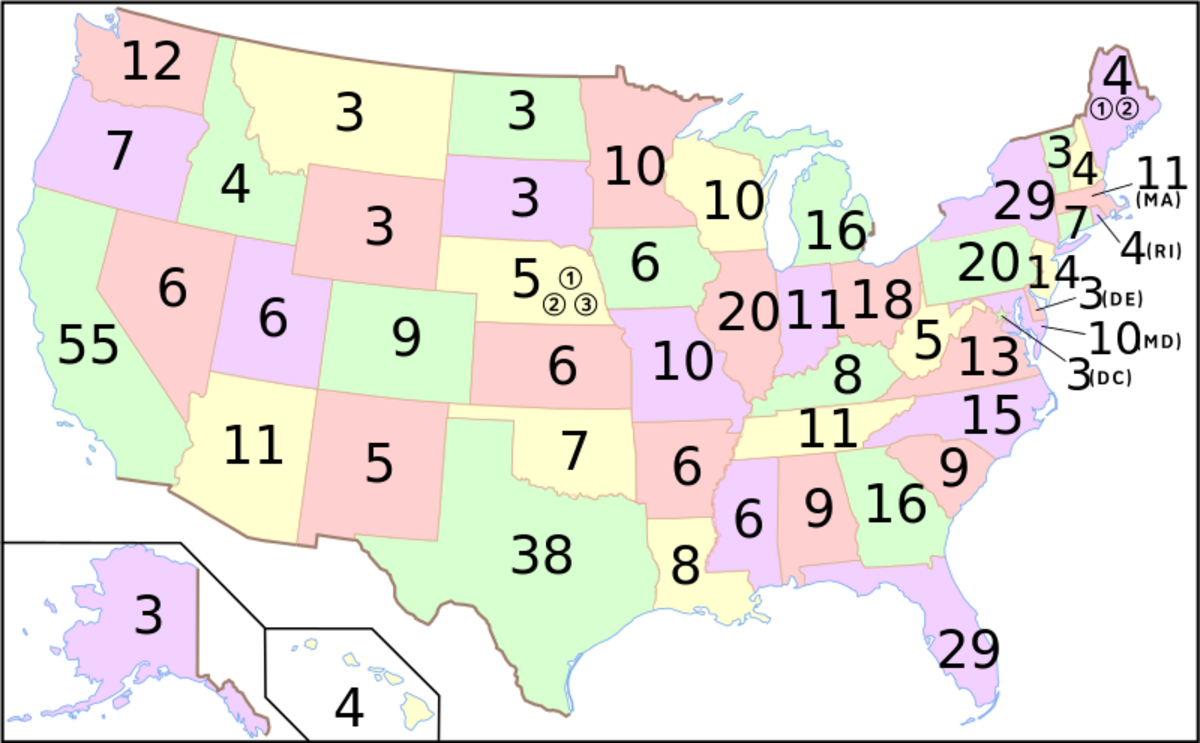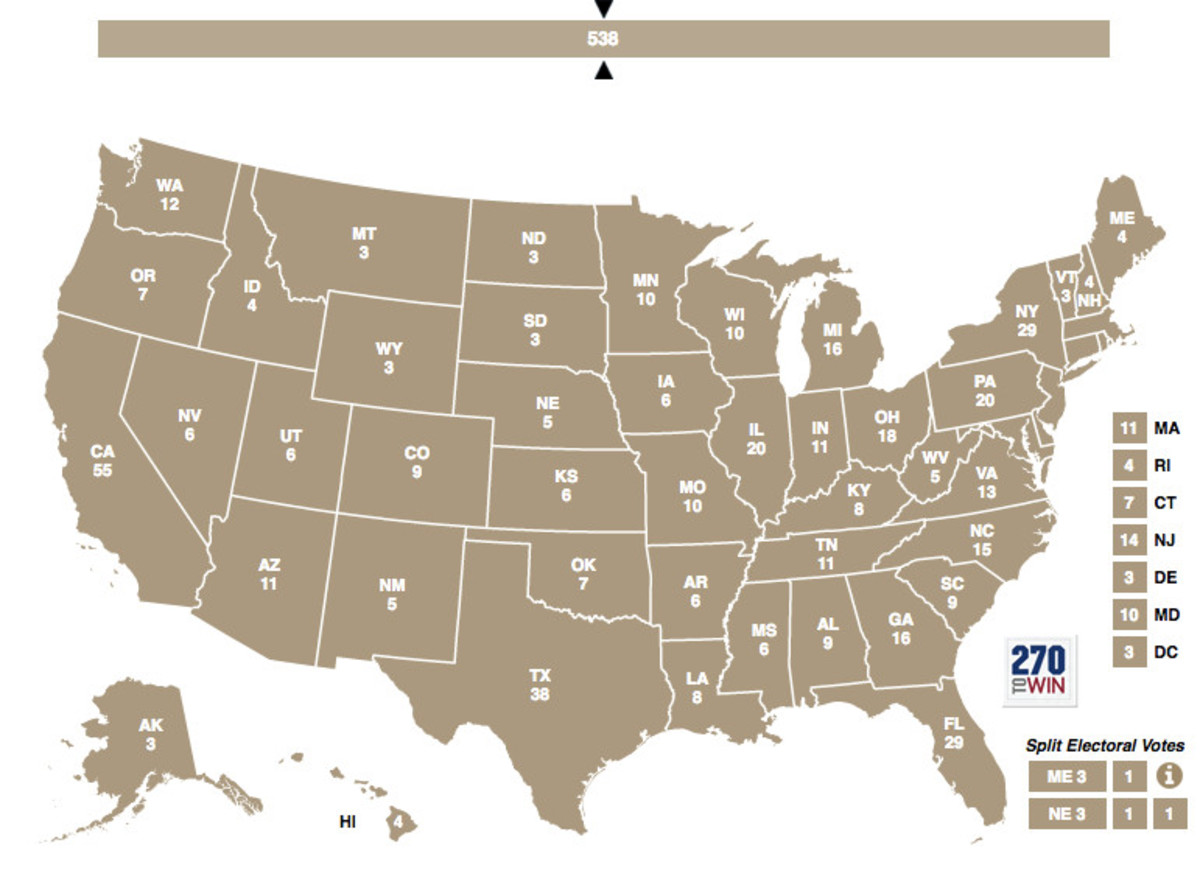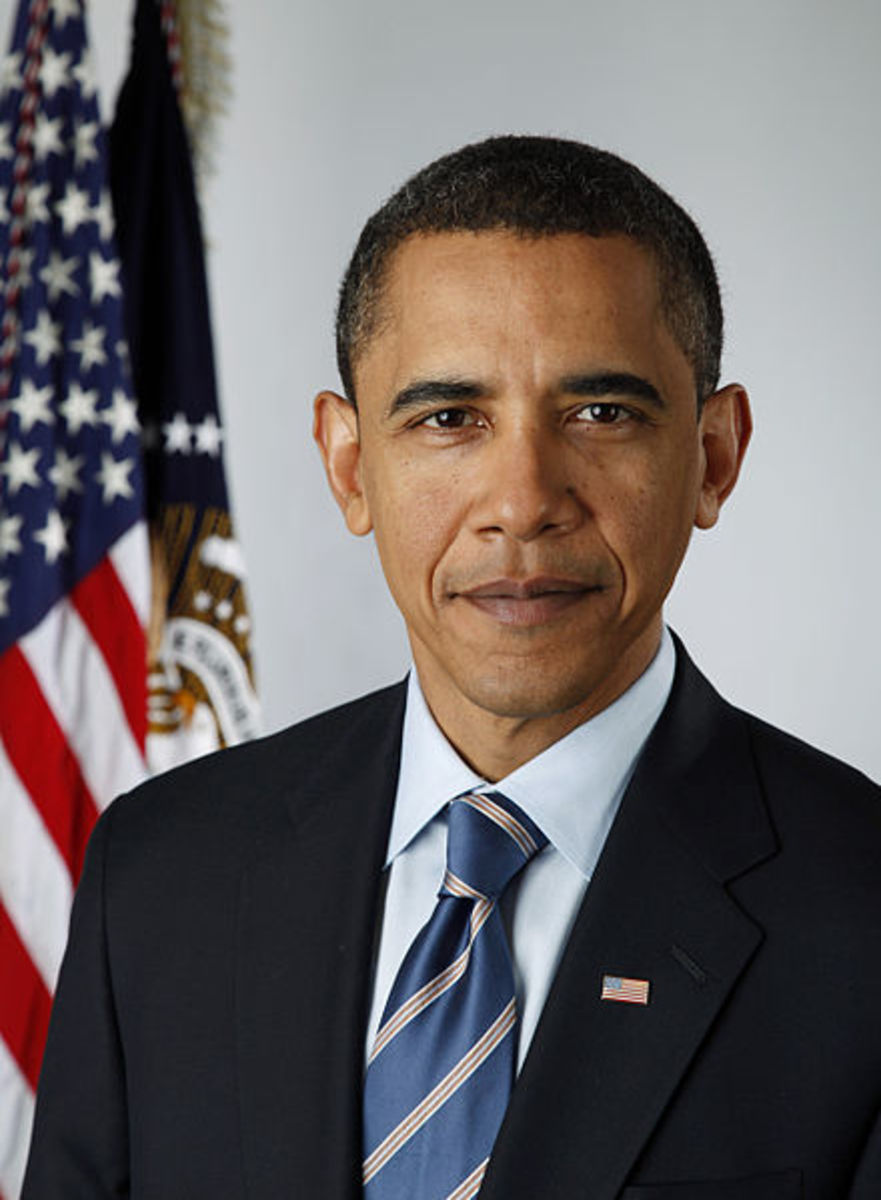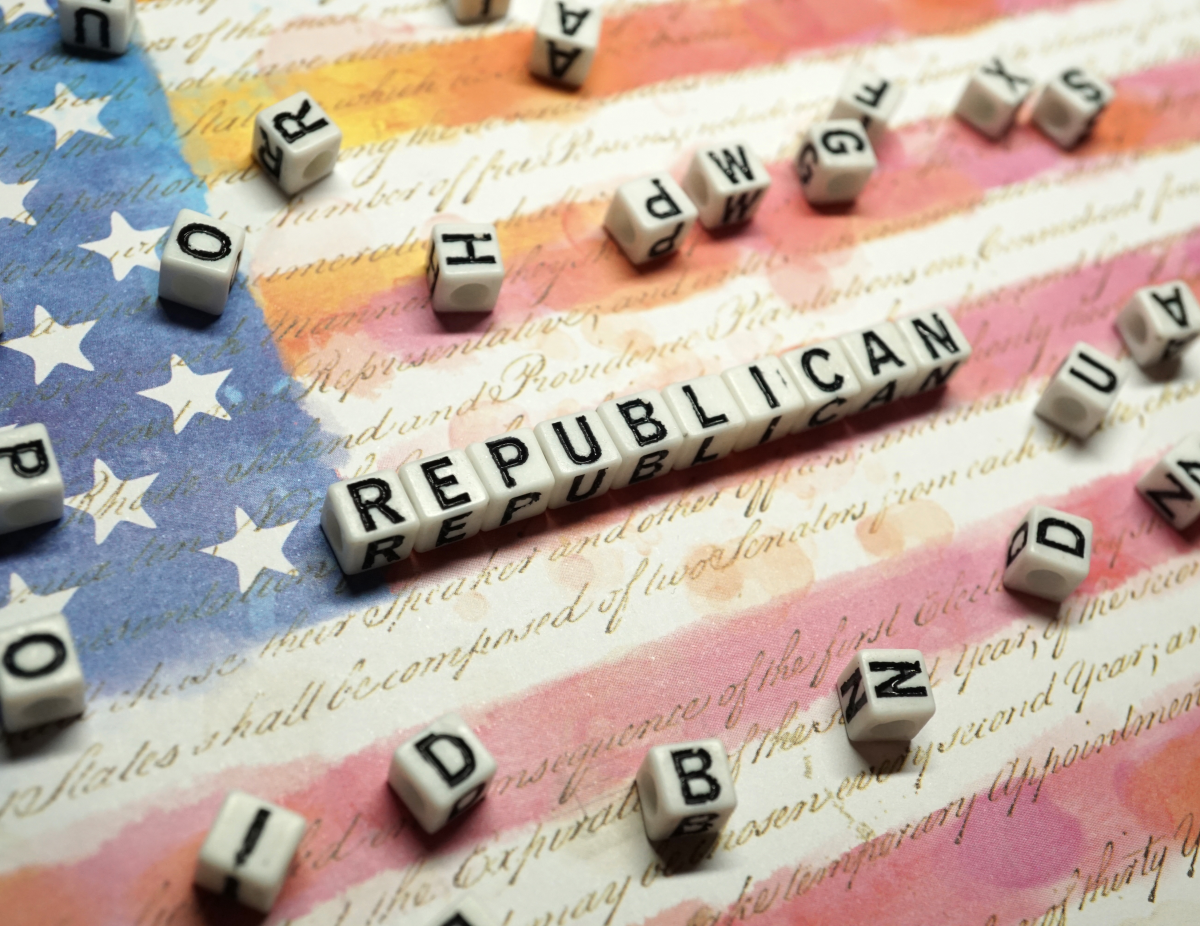National Popular Vote Interstate Compact - Dirty Trick or Legitimate Legislation
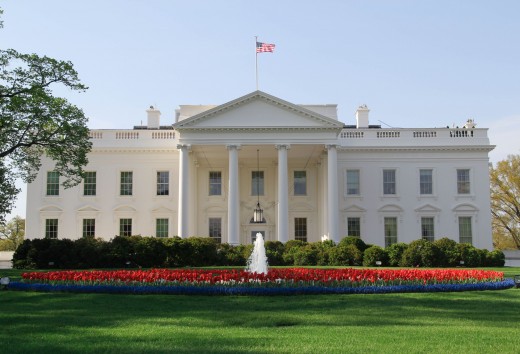
Once again America is facing a challenge to its election process; this time it’s called the National Popular Vote Interstate Compact. This piece of legislation is an agreement between a group of states that pledged to award all of their Electoral votes to whichever candidate wins the national popular vote. With the recent announcement from the Governor of Colorado, who signed the measure into law last week, there are 12 states and the District of Columbia participating. Other states participating are Rhode Island, Vermont, Hawaii, Connecticut, Maryland, Massachusetts, Washington, New Jersey, New York, Illinois, and California. New Mexico appears to be poised to join the group with pending legislation already drawn up. In each of these states, voters are predominantly Democrat. Unlike other bills, this one will only take effect if the law is passed by states representing at least 270 Electoral College votes; the amount necessary to win the presidency.
The Electoral College
Over time there have been more than 700 proposed Constitutional amendments to either reform or eliminate the Electoral College; each one failed. This approach however is different, as it circumvents the process of amending the Constitution and it’s garnering a lot of attention. The authors of the bill offered the legislation in the form of an interstate compact, which is an agreement between two or more states. One provision of most compacts is that they must be approved by the United States Congress, subject to the provisions in Article I, section 10. Congressional consent can be granted by one of three methods. A state can join an existing compact or model compact, such as the Driver’s License compact. Several states can submit a compact to Congress prior to joining it, or states can agree to a compact and then submit it collectively for congressional approval. Some compacts are not subjected to Congressional approval, but only those that do not increase the power of the states over the federal government.
Currently 48 out of 50 states award their Electoral College votes to the majority winner of their states popular vote; this proposal would disregard the state tally and award Electoral College votes based on national numbers. Nebraska and Maine still award Electoral College votes based on Congressional Districts within their respective states, which allows for a split to occur. It’s interesting to look at the different methods each state uses to award Electoral College votes; the Constitution expressly leaves the matter of electoral-vote distribution to the state’s decision. This was affirmed by the Supreme Court of the United States. Even though on the surface, the Electoral College process appears to favor the states, many people disagree with it in principle.

History and Changes Along the Way
The Electoral College was created by the framers of the Constitution during the 1787 Constitutional Convention. The purpose was to create a system which gave American citizens the opportunity to vote for a Presidential Candidate, with the added safeguard of a group of electors who would have the final say. It was immediately challenged for many reasons. The population of the growing nation at that time was unequally distributed. Cities such as Boston and Philadelphia were population magnets while areas like the Deep South were minimally populated with citizens due to expansive agricultural areas. Also, at the time, women and men who didn’t own property were not allowed to vote. The Southern states did have a large head count of slaves, which they wanted included in the voter rolls. A huge debate took place in which Northerners, pointing out that salves were treated as property in common law; felt they should not have a vote at all. Southerners took the opposite stance and wanted the votes of their slaves counted. What ultimately emerged from the debate was that slaves would be counted as 3/5 of a vote.
Over time, there have been attempts to game the Electoral College vote. In 1836, the Whig Party attempted to run multiple candidates in different parts of the nation to win a Party majority. It backfired when the opposition won an absolute majority and put Martin Van Buren in the White House. Other smaller schemes were attempted, but the 12th Amendment was always employed to determine the legitimate winners. Although the 1876 election was considered the most disputed election ever, Benjamin Harrison’s election in 1888 was the first real debate on popular vote versus Electoral College votes. At the time, Democrat incumbent Grover Cleveland had huge margins of victory and huge turnouts in the 18 states that he won. Harrison won 20 states, but by small margins. Even though Cleveland received more than 100,000 more votes than Harrison, he still lost the election. After that election, things went according to plan, with no disputes until the election of 2000 when George Bush was elected President over challenger Al Gore. That election was the closest in American history and the source of controversy circling firmly around the state of Florida. In the end, after a recount, Bush won Florida by 537 votes (0.009% of the vote). Gore won the national popular vote by 543,000 votes
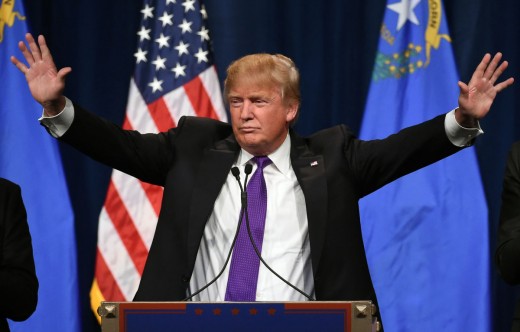
The 2016 Election and Aftermath
In 2016, America again saw a President elected that didn’t win the Electoral College. Once again it was a Republican candidate, Donald Trump, defeating a Democratic candidate, Hillary Clinton. Despite predictions that Mrs. Clinton would easily win the election, she was handily beaten in the Electoral College by political upstart Trump. Clinton won the popular vote by 2%, with a victory in California of over 4.3 million votes, leading the way. President Trump finished the race with 304 Electoral College votes to Clinton’s 227. In previous disputes, the difference had been small, but with a 2.8 million vote advantage in the 2016 election by the losing candidate Clinton, the Democrats were recharged in their battle to do away with the Electoral College or find a way around it.
Pro and Con
The backers of the new legislation have cited polling data going back more than 50 years which state that the majority of Americans supporting the popular vote as a determining factor in choosing the President. In addition to the examples already discussed, those supporting the legislation cite that the current method utilized in most states (winner takes all) encourages candidates to focus most of their campaigning efforts on “swing states”. The nearly-even distribution of voters in those states mean that even a slight change could alter the outcome. States such as Idaho and Alabama, which are dominantly Republican, are virtually ignored, but states like Ohio are blanketed daily with campaigning candidates. Also, the backers of this legislation feel that the current system actually deters voter turnout in many states. For example, a Republican voter in either New York or California might not vote because they know that the Democrats always win those states.
This legislation has been promoted by the left-leaning media. Opponents are calling it an “urban power grab” that would certainly shift the political climate of the United States away from rural America. There have been pro and con arguments published in editorials in many major newspapers. What is likely the strongest opposition comes from the League of Women Voters who cite many different reasons as to why the legislation should be opposed. They feel that there are Constitutional Issues that need further review, mainly to determine how a political compact may function differently from a commerce compact. Also as of this time, Congressional approval has not been given.
Potential Problems and Challenges
At state level, voters supporting the candidate who wins their state would want their state’s electors to support their choice. Under this compact, that state’s Secretary of State would be required to certify electors choosing a candidate who was the winner of the national popular vote rather than the candidate the voters in that state chose. This appears to clearly disenfranchise a portion of the voters. Also, although many complain that the current system hurts some voters who live in states heavily populated with opposition voters, this Compact wouldn’t correct that issue. It would shift the focus of campaigns to large urban areas with large populations which would be the new de-facto “swing states”. In this new proposed scenario, political control of the nation could possibly be placed in the care of just 11 states, which when combined would generate enough Electoral Votes to secure the Presidency.
Other issues could arise from recounts, faithless electors, and the Voting Rights Act. Many states are required under law to get approval from the U.S. Attorney General before making aby changes to their state voting rules. Also, since this does appear to be a work-around of the United States Constitution, it’s expected that the Supreme Court would need to be consulted for legality. If you’d like to read about The League of Women’s Voters argument, it can be found here - http://www.lwvvc.org/NPVArgument_con.pdf
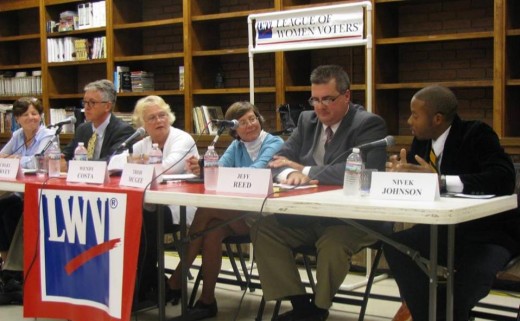
Conclusion
The process to make changes to the Electoral College is detailed in Article V of the U.S. Constitution. The amendment process gives several ways to change the Constitution, and may be used to bring about nearly any alteration a majority of the people desire. This process has taken place three times in our history, the 1804 12th Amendment, the 14th Amendment in 1868, and the 23rd Amendment in 1961. It’s clear that America can make changes when necessary, but they must be done in the methods our legal system provides, not skirted around to gain an unfair political advantage. The previous changes had bi-partisan and widespread voter support. This attempt is one-sided and appears to be just another Democrat tactic to capture American political power permanently.

